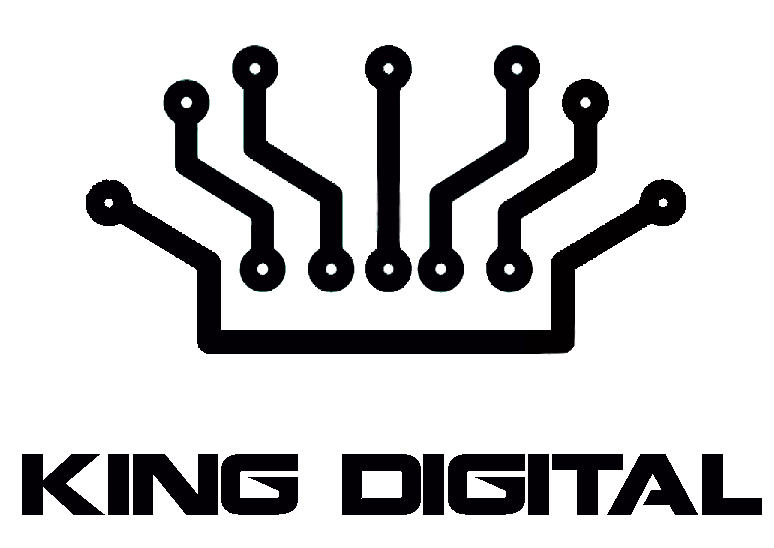Having a well-functioning website is crucial for any business online. This is because websites
represent companies on the internet, and if it is not up to standard, you will fail to convince
anyone that visits your website. In this way, you will potentially be losing a huge customer base
in an age where e-commerce continues to grow at a staggering rate. This is why many
businesses hire the services of digital marketing agencies, much like BoomCycle, to enhance
their website. If you want to improve your website but can’t figure out what to focus on first,
we are here to help you out.
We recommend focusing on the Core Web Vitals (CWV) as Google considers these factors that
affect your search engine ranking. Therefore, they are vital when it comes to SEO. The CWV
metrics revolve around your website’s speed and loading times, and there are three of them.
They are:
● Largest Contentful Paint (LCP)
● First Input Delay (FID)
● Cumulative Layout Shift (CLS)
These words may sound very complicated, but trust us, they represent pretty simple metrics to
understand. This article will discuss each of these factors and how you can fulfill them to
improve your website speed.
What is LCP?
In essence, Largest Contentful Paint is a metric that measures the loading time of your website.
A more technical and accurate definition would be that LCP is the amount of time it takes for
the majority of the content on the web page to load on the screen’s viewable area. We do not
consider the entire page in this metric. Google recommends keeping your LCP to 2.5 seconds or
less to have a good website. Therefore, improving LCP leads to an improvement in the overall
website speed.
How can you improve it?
There are various ways through which you can improve your LCP. Some of these are:
● Eliminate unnecessary third-party script
● Upgrade your web hosting from shared to a dedicated server
● Install a Content Delivery Network (CDN)
● Cache HTML pages
● Minimize CSS code
● Remove large page content.
What is FID?
First Interactive Delay is a metric that measures the time it takes for a user to interact with a
web page. The interaction mentioned here is clicking, tapping, swiping, and any similar
interaction. The time taken is measured between when you interact and when the web page
responds. Google considers an FID time for 100ms or less to be good and what websites should
aim for. Therefore, if you improve FID, you also improve the website’s speed.
How can you improve it?
● Minimize the use of Javascript code, as it is tough for users to interact with the web
page while it is running
● Remove unnecessary third-party scripts (for example, heatmaps, Google Analytics) that
have to finish loading before users can interact with the website
● Using browser caching can increase content loading speed by storing certain elements
of a website in a user’s web browser.
What is CLS?
Cumulative Layout Shift is a metric that measures the visual stability of a web page. In essence,
it represents how much the elements of your web page shift around. The CLS score represents
how much the page elements shift around, and Google recommends that you have a score of
0.1 or less to have a good web page. You may be wondering how speed is a factor here, but the
longer your elements move around, the higher the chance a user might leave your site.
Therefore, improving it does improve your website speed.
How can you improve it?
● You should tell users’ browsers how much space media (images, video, infographics,
etc.) will take so that they don’t suddenly change dimensions. You can do this through
set size attribute dimensions.
● Make sure you have reserved space for your ads, so they don’t suddenly shift your
content.
● Avoid pop-ups or banners as their appearance can cause a sudden shift in the webpage
layout
● Use aspect-friendly ratio boxes in the CSS code of your website.
Wrapping Up
Improving your website is essential for your business as it helps you obtain sales and
conversions on the internet. Improving your website speeds through ideal Core Web Vitals
metrics is how you can improve your website and SEO, which can help you obtain high search
rankings. We have discussed these metrics in this article and how you can improve them in
various ways to increase your website speed. We hope this proves insightful and helps you
improve your website.
